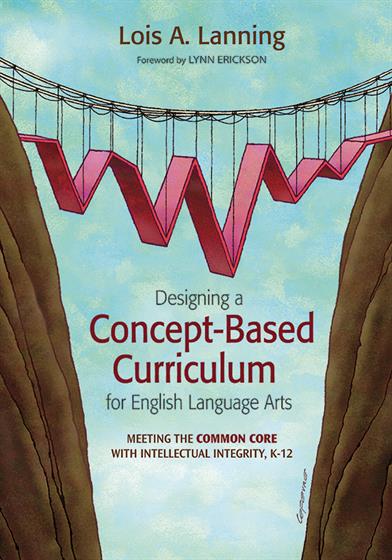
Hands-on, Practical Guidance for Educators
From math,
literacy, equity, multilingual learners, and SEL, to assessment, school counseling,
and education leadership, our books are research-based and authored by experts
on topics most relevant to what educators are facing today.
Designing a Concept-Based Curriculum for English Language Arts
Foreword by Lynn Erickson
Fusing Lynn Erickson's groundbreaking curriculum model with implementation guidelines and sample units, this book puts you on the fast track to using concept-based curriculum.
- Grade Level: PreK-12
- ISBN: 9781452241975
- Published By: Corwin
- Series: Corwin Teaching Essentials
- Year: 2012
- Page Count: 176
- Publication date: January 31, 2013
Price: $39.95
Review Copies
Other Titles in: Teaching Methods & Learning Styles | Literacy, K-12 | English/Language Arts Common Core


